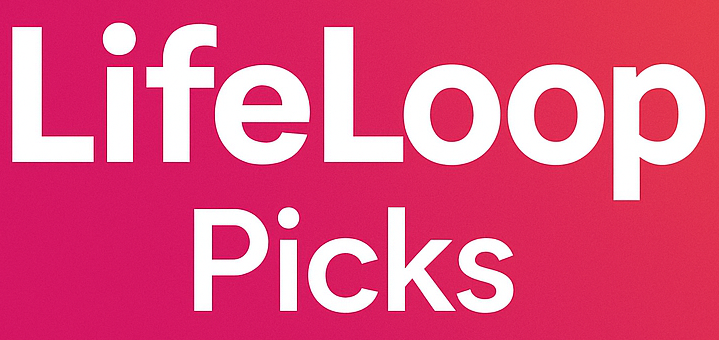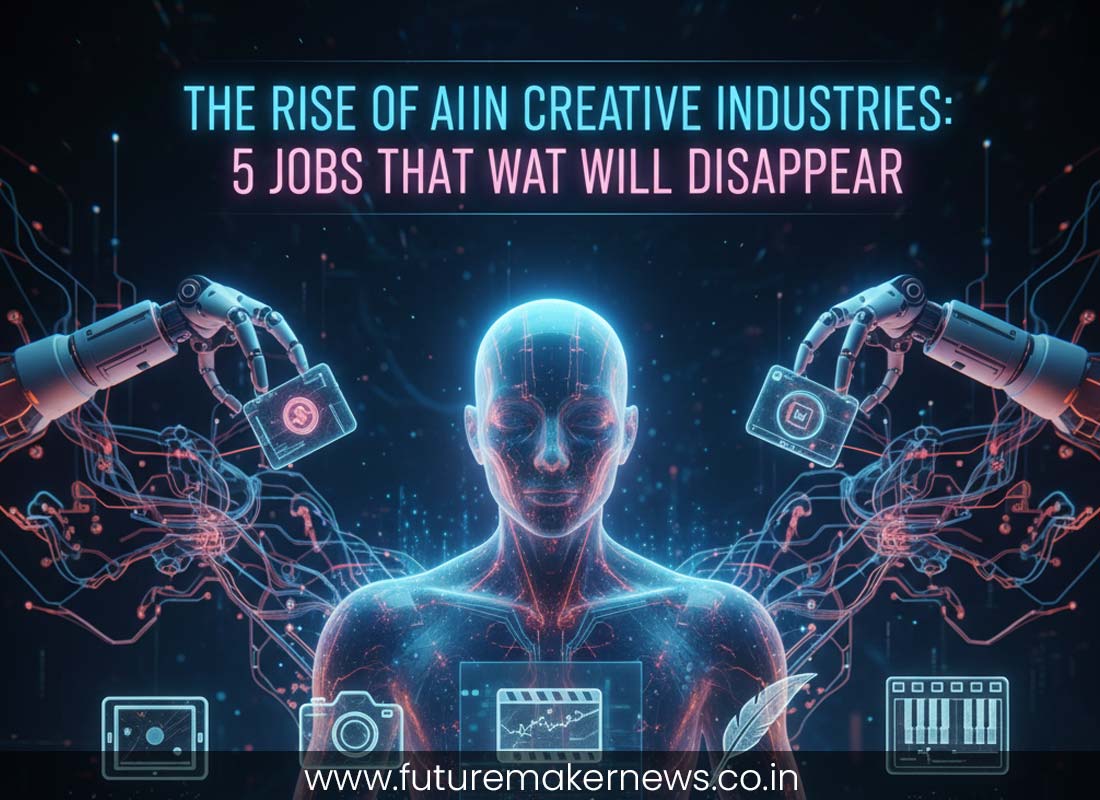Introduction: AI and the Creative Revolution
In the ever-evolving landscape of technology, few advancements have had as profound an impact on the creative industries as Artificial Intelligence (AI). From generating artwork to writing scripts, composing music, and even designing entire websites, AI has permeated virtually every corner of the creative world.
While AI has undoubtedly opened new doors for creativity and productivity, it also raises an essential question: How will this technology change the future of creative jobs? For some, AI is a helpful tool that enhances the creative process, but for others, it poses a direct threat to job security.
In this post, we’ll explore five creative jobs that are most likely to disappear or drastically evolve in response to the rise of AI, along with the broader implications of this transformation.
1. Graphic Designers: Automation of Design
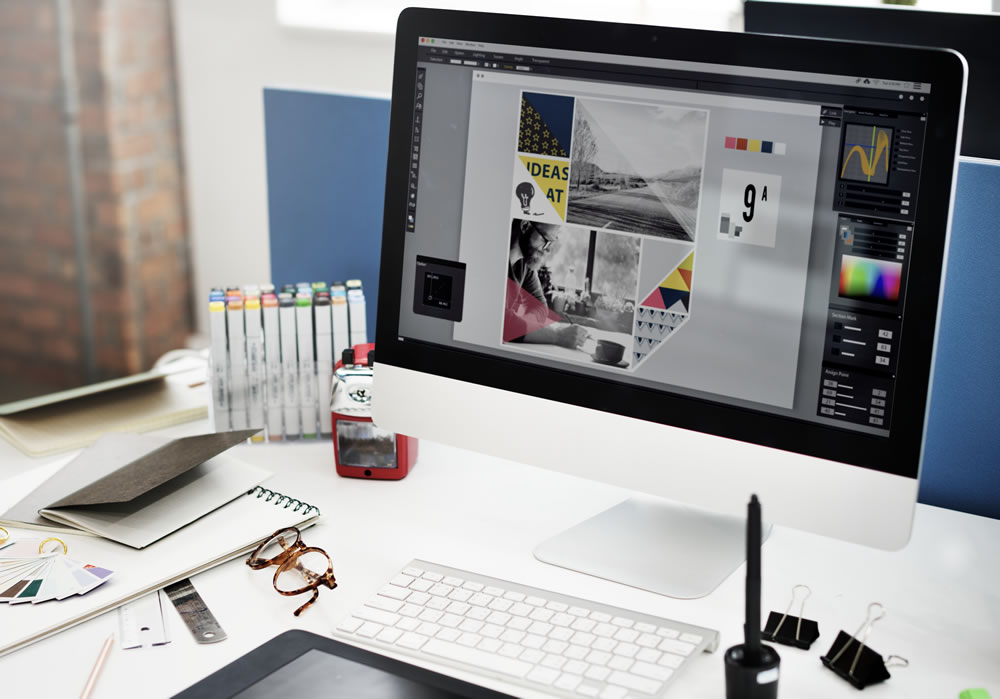
The Role of AI in Graphic Design
Graphic design, one of the most visually-driven fields, is already being significantly influenced by AI. Tools like Adobe Sensei and Canva’s AI-powered design suggestions allow users to create professional-level graphics with minimal effort. AI can now generate templates, choose color schemes, adjust layouts, and even create logos based on minimal input from the user.
What’s Changing?
AI-powered tools are becoming more adept at handling the technical side of design—allowing designers to focus on higher-level concepts, creativity, and innovation. While this will likely eliminate entry-level graphic design jobs, those in the industry will need to adapt by shifting toward more strategic and creative roles. Rather than manually designing a logo or flyer, graphic designers might find themselves acting as curators of design, working closely with AI systems to refine and personalize the final output.
The Future of Graphic Design Jobs
Rather than disappearing entirely, the role of a graphic designer will evolve to focus on overseeing AI-generated designs, ensuring that the output aligns with the brand’s vision, and adding that final creative touch. Designers will need to upskill by learning how to use AI tools effectively, managing the creative direction of AI-generated content, and curating personalized designs.
2. Writers and Journalists: The Rise of AI-Generated Content
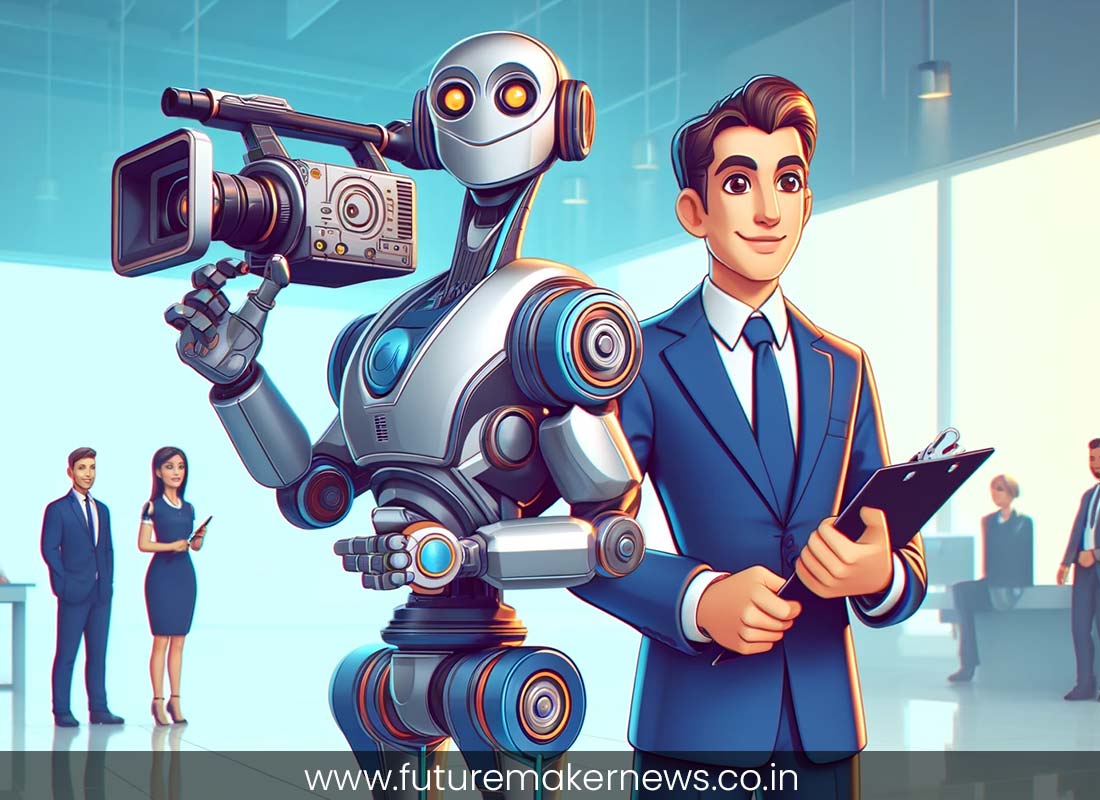
AI in Writing: A Game-Changer
AI writing tools like OpenAI’s GPT-3 and Jasper.ai are already capable of generating high-quality written content. From articles and blogs to social media posts and even poetry, AI is helping writers, marketers, and content creators produce copy faster and at scale. These tools can analyze data, generate ideas, and even mimic specific writing styles—sometimes making them indistinguishable from human-written content.
What’s Changing?
While AI can’t fully replace human creativity and emotional intelligence, it’s revolutionizing the writing process. Content creation tasks that once required a human writer, such as drafting reports, writing basic articles, or producing product descriptions, can now be easily automated.
Journalists and content creators who specialize in data-heavy or routine content may find their roles diminished as AI steps in to generate these pieces. However, creative writing, investigative journalism, and content that requires nuanced human insight will still demand the human touch.
The Future of Writing Jobs
Journalists and writers will increasingly work alongside AI, using it to draft initial content, conduct research, or suggest improvements. However, the need for original, in-depth, and investigative reporting will remain an essential aspect of the field. Writers will likely transition into content managers or editors, overseeing AI-generated drafts and adding a human element to make the content more engaging, authentic, and empathetic.
3. Photographers: AI-Powered Image Creation and Enhancement
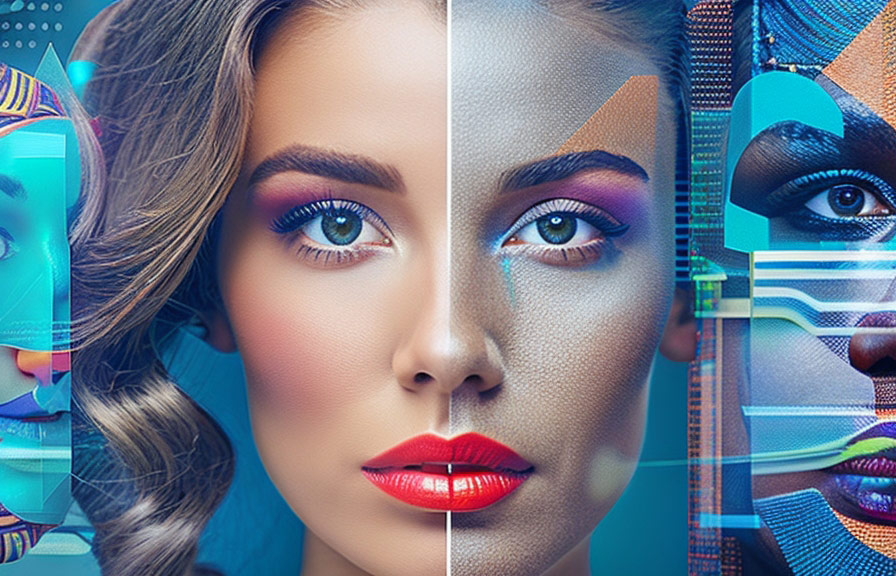
AI in Photography: Editing and Beyond
AI is rapidly making its way into the photography industry, with tools like Adobe Photoshop’s Sensei AI allowing photographers to automatically adjust lighting, color grading, and even remove unwanted objects from images. AI-powered cameras can now intelligently detect the best composition, focus, and settings to ensure perfect shots with minimal human input.
What’s Changing?
The traditional role of a photographer—especially those specializing in commercial photography or product shoots—may see substantial disruption. As AI can now generate high-quality, photorealistic images from scratch, stock photography is increasingly being replaced by AI-created visuals. Additionally, AI-powered apps are becoming adept at retouching and improving photos, further diminishing the need for professional photo editors.
The Future of Photography Jobs
While photography as a whole is unlikely to disappear, it will undergo a significant transformation. Photographers will shift their focus from basic image-taking to more conceptual and artistic photography, leveraging AI to enhance their creativity. AI tools will serve as assistants in improving workflow and post-production, allowing photographers to focus on unique compositions and storytelling rather than technical perfection.
4. Music Producers: AI Composition and Sound Design
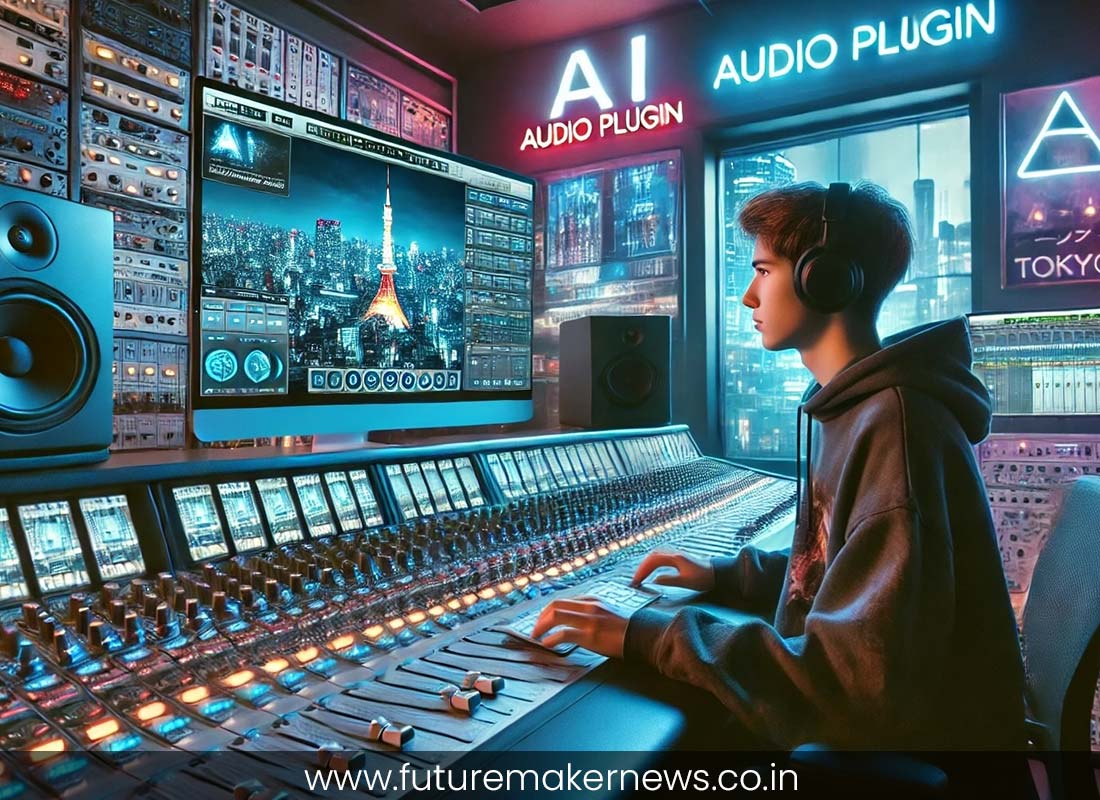
AI in Music: Composing, Mixing, and Mastering
AI-driven music tools such as Amper Music, AIVA (Artificial Intelligence Virtual Artist), and Endlesss can already compose original tracks in various genres. These AI systems analyze existing musical data and patterns to create new compositions that mimic a specific style or mood. Furthermore, AI is being used in sound design to create realistic sound effects and background scores, making it easier for creators to generate music without a traditional knowledge of instruments.
What’s Changing?
For music producers, AI is not just an assistant—it’s a full-fledged collaborator. The AI can generate everything from melodies to drum patterns, harmonies, and bass lines. With advancements in AI, some producers may find their role transitioning from hands-on music composition to curating AI-generated tracks or adding a personal flair to pre-composed pieces. While AI will likely replace some basic music production tasks, it will not fully replace the creativity and emotional depth that human producers bring to their work.
The Future of Music Production Jobs
Music producers will continue to play a key role in the industry but will have to adapt by learning how to incorporate AI into their workflow. Producers will work in collaboration with AI, fine-tuning generated tracks, adding their creative expertise, and ensuring the final product resonates with listeners. In essence, AI will serve as a tool for enhancing productivity and creativity rather than replacing musicians entirely.
5. Video Editors: Automation and AI-Driven Editing Tools
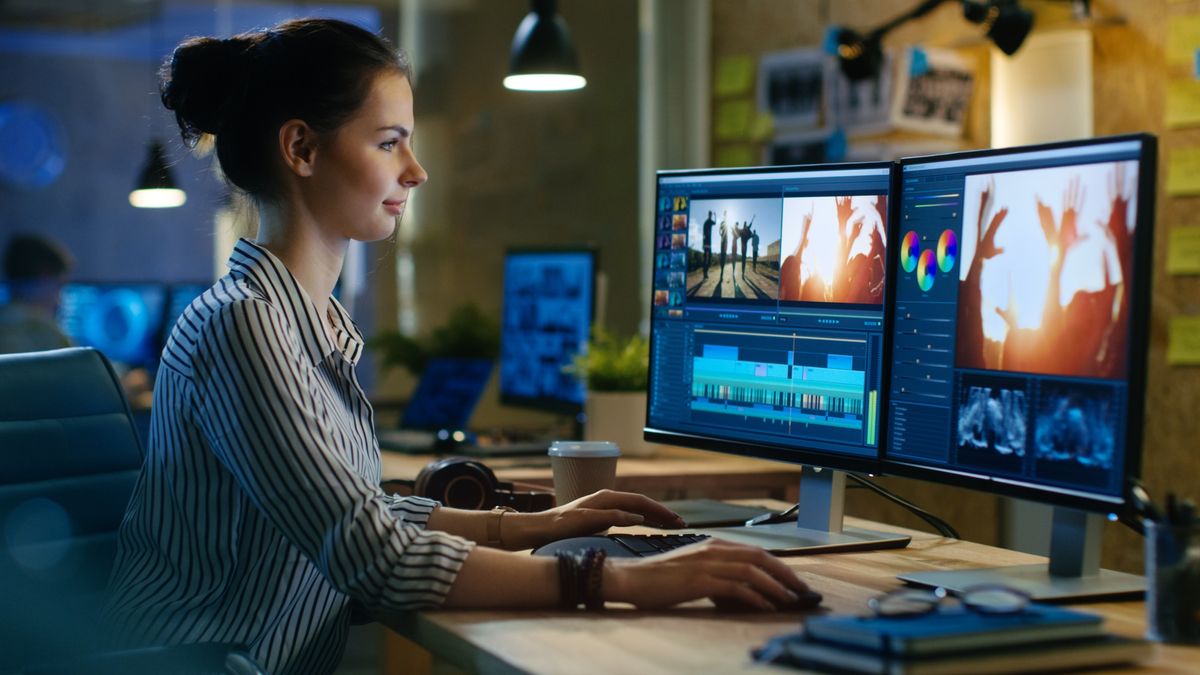
AI in Video Editing: Speed and Precision
AI has already made a major impact in video editing. Tools like Adobe Premiere Pro’s Sensei AI and Magisto use machine learning to automate many aspects of video editing, such as color correction, audio synchronization, and even scene transitions. AI can analyze hours of footage, select the best clips, and automatically assemble them into a cohesive video. This technology is especially useful in areas like social media content creation, where speed and efficiency are essential.
What’s Changing?
For video editors, AI is both a blessing and a challenge. While it significantly speeds up the editing process and reduces repetitive tasks, it also threatens to replace entry-level positions that focus on routine editing tasks. Many video editing roles, particularly in corporate environments, are already being automated, leaving editors to focus on more creative and high-level projects.
The Future of Video Editing Jobs
AI will not eliminate the need for creative video editors; however, it will shift their focus. Rather than spending hours on basic editing tasks, editors will evolve into content strategists, curating, directing, and enhancing the narrative. Video editors will need to embrace AI as a tool to accelerate workflows, allowing them to focus on bringing a unique vision to the screen.
Conclusion: Embracing the Evolution of Creative Work
The rise of AI in creative industries is reshaping the way we work, pushing creative professionals to adapt, evolve, and innovate. While some jobs may disappear or become automated, the core skills of creativity, strategic thinking, and emotional intelligence remain essential. Creative professionals will increasingly find themselves in hybrid roles, working alongside AI systems to enhance their productivity and bring fresh ideas to life.
For those in creative fields, upskilling and adaptability will be the key to staying relevant in the ever-changing job market. AI is not here to replace human creativity; it’s here to augment it. By embracing new technology, creative professionals can unlock new potential and continue to push the boundaries of what’s possible in the digital age.
